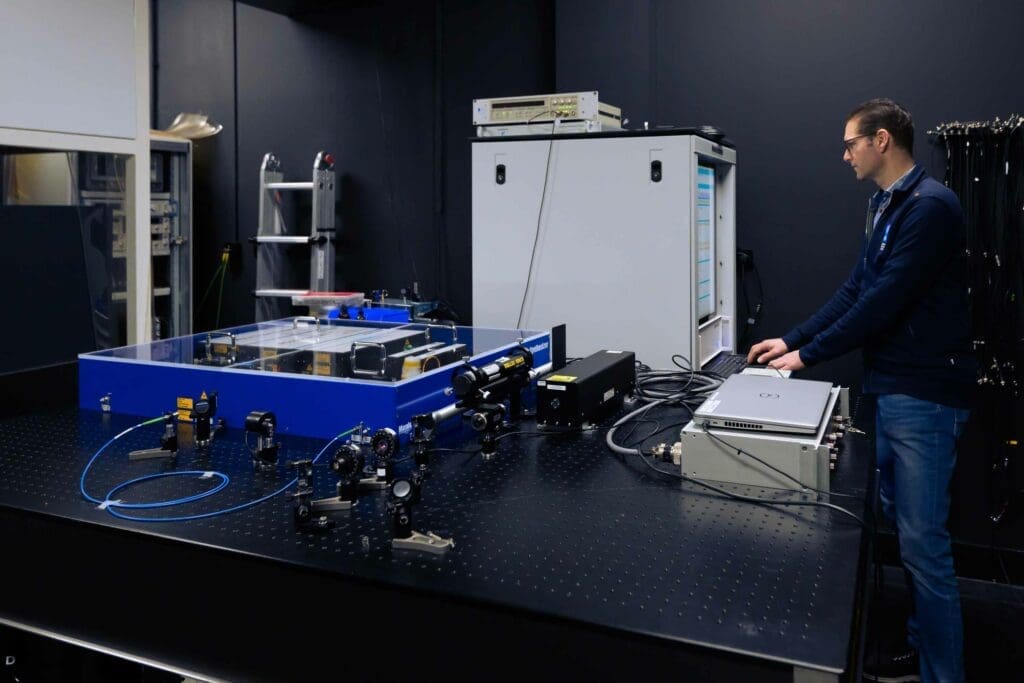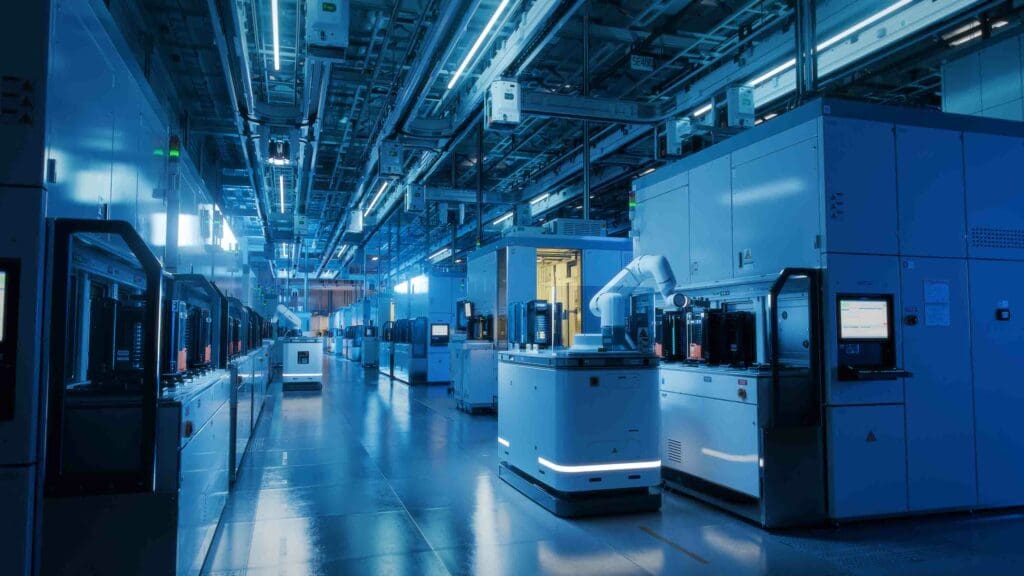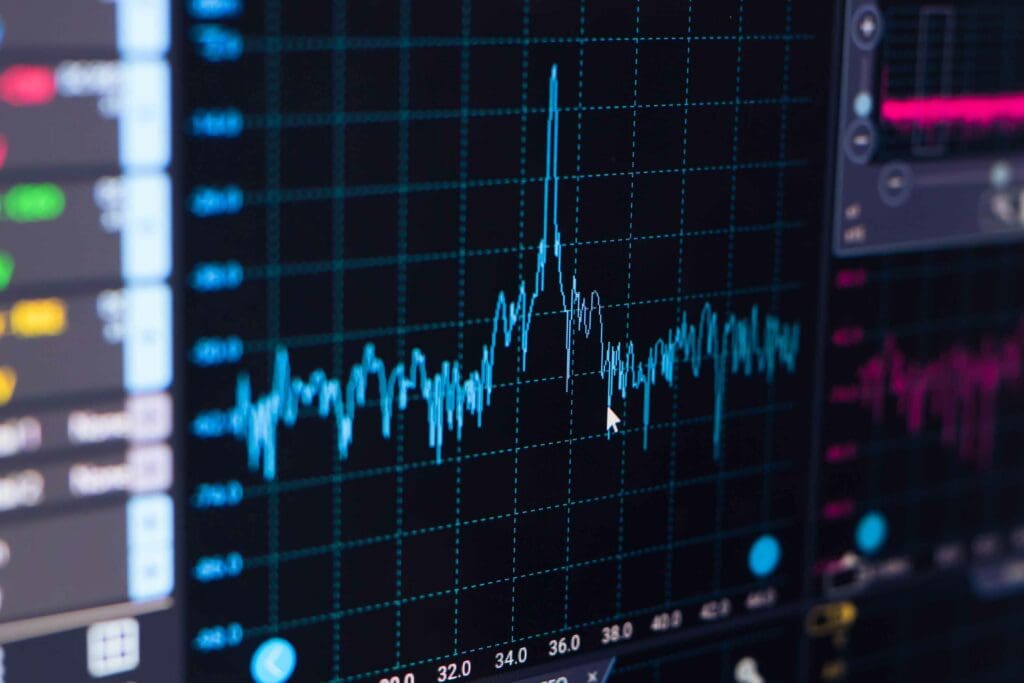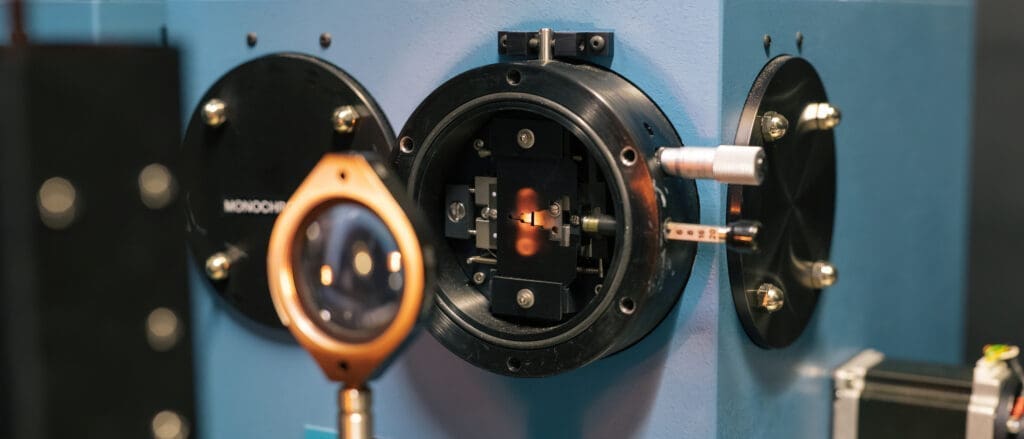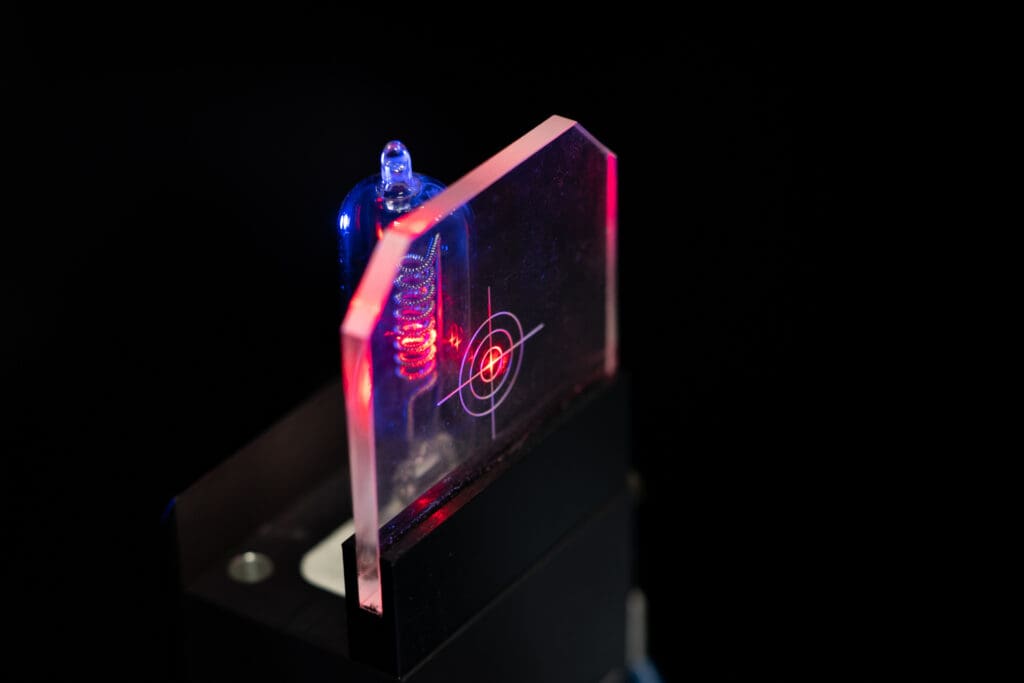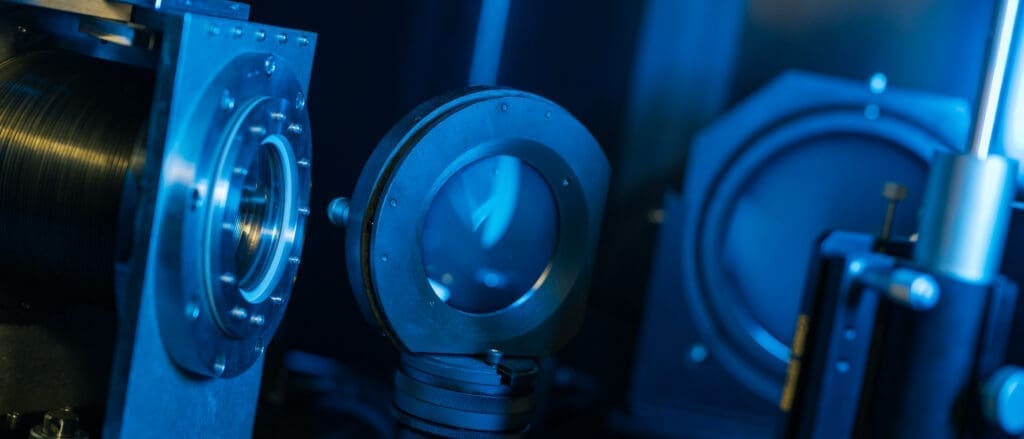Metrology for traceable protocols for elemental and oxidised mercury concentrations (19NRM03 SI-Hg)
Projects
Metrology for traceable protocols for elemental and oxidised mercury concentrations (19NRM03 SI-Hg)
Mercury poses one of the greatest current direct threats to human, animal and environmental health across the globe. Robust, defensible and traceable measurements of mercury concentrations are essential to a) underpin global efforts to control and reduce the concentration of mercury in the environment, b) meet the obligations of legislation and c) protect human health. Currently, mercury gas generators used in the field are not certified against primary standards and therefore lack metrological traceability. The aim of this project is to develop metrological traceable protocols for the certification of mercury gas generators used in the field. In this way, the project will achieve significant improvements in the comparability and uncertainty of mercury measurement results. The project will develop and validate certification protocols, traceable to SI units, for the most important mercury species in gas emission sources and in the atmosphere, thereby supporting the standardisation activities of the European Committee for Standardization (CEN).
Our role
A primary mercury gas standard was developed at VSL to establish an SI-traceable reference point for mercury concentrations at emission and background levels in the atmosphere. The primary gas standard has been developed as a mercury gas generator to establish metrological traceability of mercury concentration measurement results, based upon a gravimetric approach, for ambient air levels as well as higher concentrations.
In the SI-Hg project VSL will develop a metrologically sound certification protocol for elemental mercury gas generators. The protocol will be validated using the primary mercury gas standard and commercially available gas generators.
VSL is coordinating the SI-Hg project.
Start date: October 1, 2020
End date: September 30, 2023
Read more about this project here.
“The project has received funding from the European Partnership on Metrology, co-financed by European Union Horizon Europe Research and Innovation Programme and from the Participating States.”

Would you like to know more about our services?
Our experts are happy to help.
Iris de Krom
Principle Scientist Chemistry
Projects
Our expertise in practice
Read more about our projects.









